The difference between honey treatment and sun washing what is raisin honey treatment?

Before you really knew the "honey treatment", did you ever think that the honey treatment was the fermentation of coffee beans with honey?

. But in fact, this is a treatment between the sun and washing, and after the popularity of honey treatment, there is a treatment called raisin honey treatment. Today, let's talk about these two methods in Qianjie. Origin the most honey-treated coffee beans we have come into contact with so far are from Costa Rica, which is also the birthplace of honey treatment. Honey treatment first became popular in Costa Rica, not in pursuit of a particular flavor, but because the 2008 earthquake led to a power outage and a lack of water, the sheller could not be started and the coffee could not be washed. Honey treatment became the main choice for coffee processing farms at that time. Later, through the efforts of the industry, honey treatment spread from Costa Rica to the world, bringing a new chapter to the way coffee is processed.
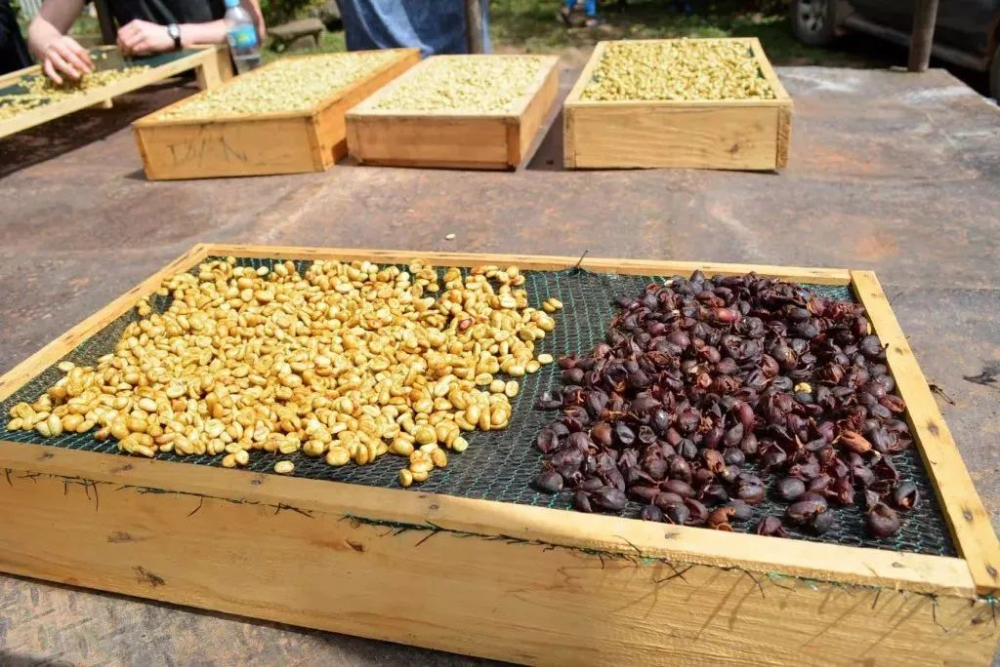
Different from the traditional sun treatment, the treatment plant will select and wash the coffee fruit, spread the whole on the ground or on a high shelf for drying and fermentation, while the water washing treatment is to remove the pulp after soaking the floating beans and then enter the pool for fermentation. the remaining pectin is decomposed by microorganisms and finally dried (sun-dried / dryer-dried).
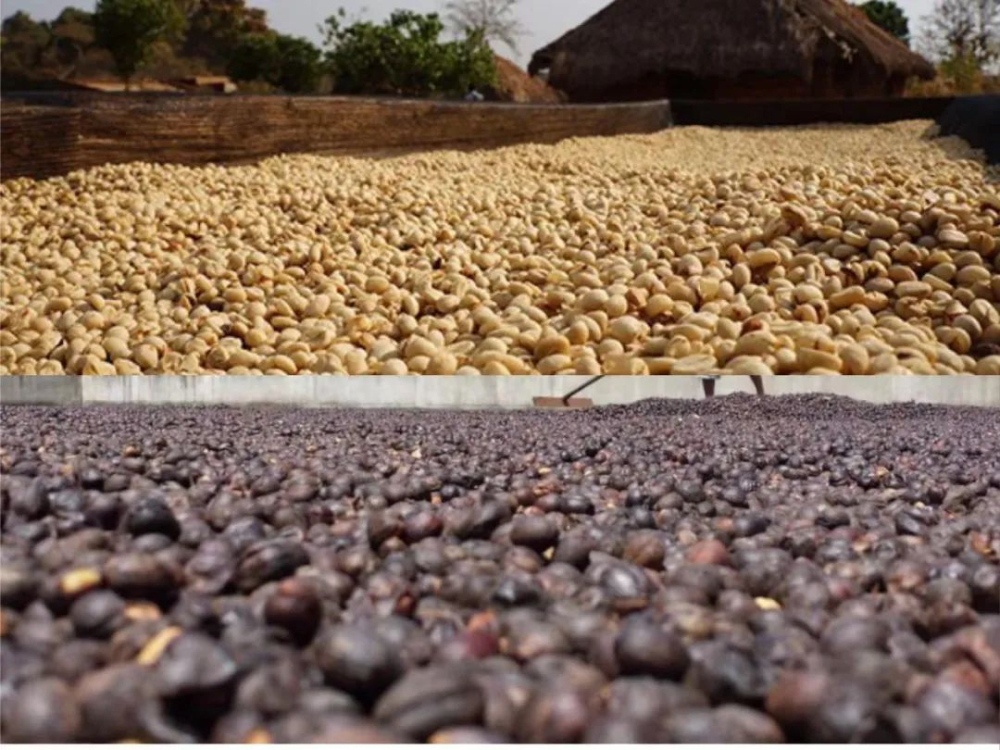
The honey treatment is after the flotation of the coffee fruit, peel off the pulp and part of the pectin, and then dry directly on the high shelf without dripping water. In this process, part of the pulp and pectin stick to the coffee beans, and the sticky pectin is like honey, so it is called "honey treatment". The curry farmers in Costa Rica found that the less pectin was removed, the shorter the fermentation time and the longer the drying time, the darker the color of the shell beans, the higher the degree of fermentation, and vice versa, the lighter and lower. With the help of a precision peeling machine developed by Columbia's Penagos, Costa Rican farmers have played flower tricks in the degree of pectin treatment (not subdivided into several derivatives, such as black, red, yellow, white honey, etc.). (ps: in fact, the main factors affecting the final color of shell beans are the sugar content of fresh coffee fruit, and the fermentation state, that is, the tumbling frequency of drying and drying, dry humidity and other factors. )
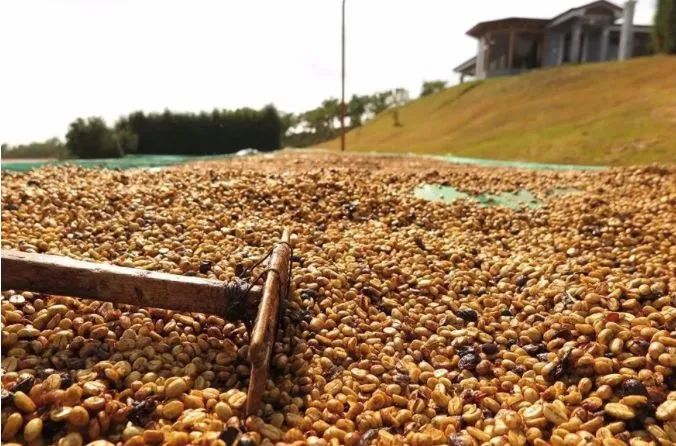
White honey: almost all the pectin is removed and dried directly without leaving pectin. The drying speed is the fastest, and the final appearance is like a white shell bean washed in water. Yellow honey: the remaining pectin layer is thicker than white honey, the drying rate is slower than white honey, the shell bean is yellow, and the degree of fermentation is higher than white honey. Red honey: pectin is thicker than yellow honey, dries slower than yellow honey, and becomes reddish brown, and the flavor of fermentation is higher than that of yellow honey. Black honey: the pectin layer is the thickest, the most difficult to cool and dry, takes the longest, and the highest degree of fermentation is dark brown. Black honey has the thickest pectin layer, so it is the most difficult to control the degree of fermentation. If the sense of fermentation is properly controlled, the flavor is rich and full, and the flavor is closest to that of sun-treated coffee beans.
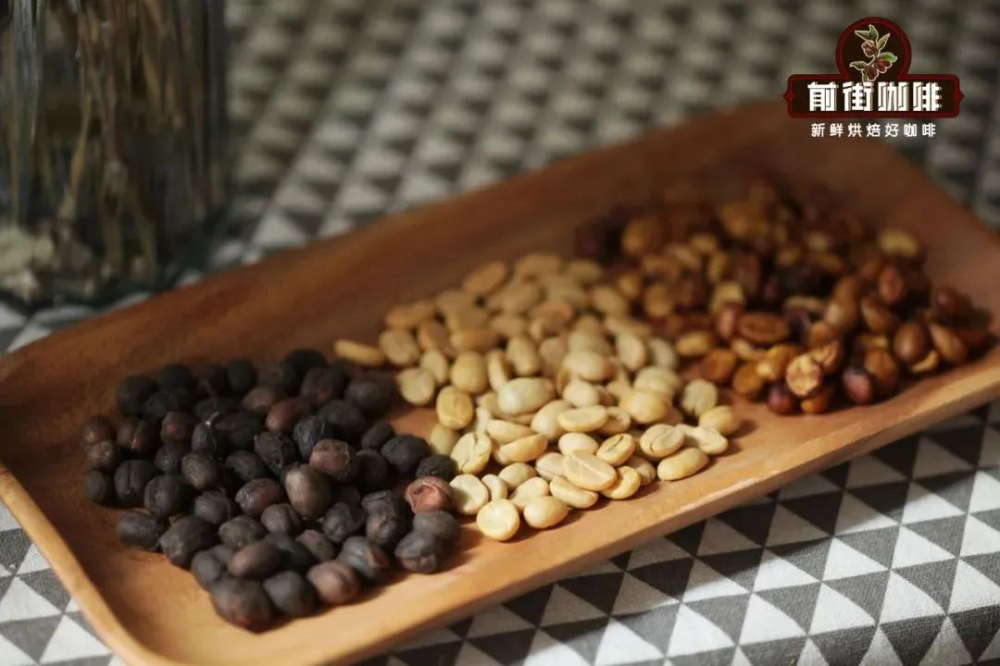
The so-called "dried raisin honey treatment" originated from the 2017 Brazilian Cup of Excellence Cup. The yellow bourbon used by the winner Gabriel Alves Nunes adopted the "raisin treatment" method in the competition, and later won the championship. The international judge gave a high score of 92.33 and the bidding price was 124.5 US dollars per pound, breaking the historical record, so this unknown treatment suddenly became popular at that time. The two treatments are different. In Brazil's "Raisin process", fresh fruit is hung from the tree and not harvested until the overripe peel shrinks to a dark purple, like a raisin and then picked down, with a stronger flavor.
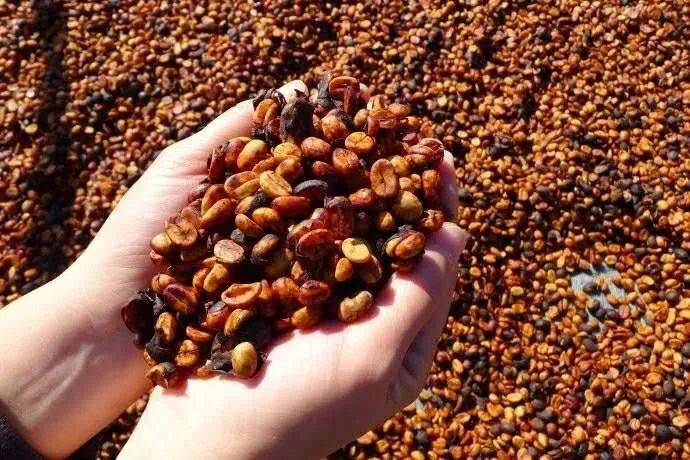
The "dried grape honey treatment" (raisin honey), which is popular in Costa Rica, is more exquisite than the "raisin treatment" in Brazil, where the all-red ripe fruit is picked manually, and the high-quality fruit is spread flat and dried for 2 or 3 days. After wrinkling the skin such as raisins, the pulp is removed and the half-dried pectin is preserved for air drying, that is, the whole process is complicated and labor-intensive. In both treatments, the whole fruit is fermented to the shape of a raisin for further treatment, while Costa Rican farmers follow the Brazilian name to distinguish it from the traditional honey treatment. -END-
Important Notice :
前街咖啡 FrontStreet Coffee has moved to new addredd:
FrontStreet Coffee Address: 315,Donghua East Road,GuangZhou
Tel:020 38364473
- Prev

Why do washed coffee beans taste sour? Flavor characteristics of washed Coffee
I don't know if you have ever seen such a scene in a coffee shop: the tasters don't know the information about the coffee beans. After the coffee is brewed, they immediately guess how to deal with it. "it's water washing." This is because usually, washed coffee will show a clear sense of cleanliness and clarity. When using medium and shallow
- Next

Do you know the history of coffee?
Pulling flowers, called "Latteart" in English, refers to the combination of Italian concentration and steamed milk, and finally leaves patterns on the liquid surface through fusion techniques. The next article will take you to understand the history of the development of pull flowers. In the 1980s David Hume (Dav.
Related
- What is the meaning of lactic acid fermentation with coffee bean treatment?
- How to judge the state of foam by sound?
- How does the latte pull out the unicorn pattern? Come to get for a little trick to improve the flower pull!
- Will flower pulling affect the taste of the latte?
- Do you know the history of coffee?
- The difference between honey treatment and sun washing what is raisin honey treatment?
- What kind of milk can a novice use to make coffee foam to keep the foam longer? The correct method and skills of milking tutorial sharing
- Why do washed coffee beans taste sour? Flavor characteristics of washed Coffee
- Introduction to the skill of how to practice the size and height of water injection around the circle of hand-brewed coffee
- How do beginners practice coffee flower drawing from scratch?

